This is a Chinese amulet coin used to gather wealth, joy, and enhance physical strength. “Lion dance” is a typical representative of Chinese folk culture and can be regarded as a totem of faith. The design of “auspicious words + totem” is a common form of Chinese amulets, combining material wealth with spiritual beliefs. On the front, the words “A great amount of wealth” directly indicate the gathering of worldly wealth, which is the most commonly used auspicious words among the people; The lion dance pattern on the back originates from official sacrificial ceremonies, strengthening the symbol of exorcising evil spirits and providing protection. The combination of the two demonstrates the survival wisdom of the ancients that attaches equal importance to “wealth” and “safety”.
On its front, it has the words “Bringing in wealth and treasures, a great amount of wealth”, which means gathering wealth and treasures, as if having a large amount of gold at home. “Wealth” and “treasures” actually represent two different things.
Wealth can be simply understood as current currency, generally referring to liquid wealth, such as money and real estate, emphasizing practical and exchange value. It originates from the cowrie shells used as currency in China three thousand years ago and is directly related to the accumulation of materials in the agricultural economy.
Treasures specifically refer to rare and precious items, such as jewelry and artworks, focusing on collection and symbolic meaning. The Chinese character “treasure” in oracle bone inscriptions contains “jade” and “cowrie shells”, reflecting its original connotation. From 8 to 23 AD, there was a short-lived dynasty in China called the “Xin” dynasty. Its founder was Wang Mang. Wang Mang carried out several currency reforms, and one of the most important ones was called the “treasure currency system”. Here, “treasures” refer to currencies with huge face values, regardless of the material and weight. Another interesting aspect is that it forms a circle of circular characters. If every two characters are grouped together, no matter how they are combined, they are auspicious blessings. This form also represents that thoughts are like a ring, constantly in motion.
On its back, there is a foreigner dancing with a lion, symbolizing peace and happiness. Foreigners generally refer to the nomadic peoples in northern ancient China and later refer to various foreign ethnic groups. It not only reflects the tolerance, absorption, and assimilation of Chinese culture towards foreign cultures, but also implies national unity and world peace. The lion dance activity originated in the Eastern Han Dynasty. According to legend, the “Dayuezhi State” in the Western Regions presented a golden-haired lion. Since the Han people failed to tame the lion, they could only pretend to be lions to perform, which later evolved into a folk activity of exorcising evil spirits and bringing in good luck. Bai Juyi’s “Western Regions Skill” in the Tang Dynasty depicts “A foreigner wearing a mask and a fake lion”, confirming its connection with the culture of the Western Regions. The lion dance is divided into two schools, the northern and southern ones: The movements of the northern lion dance are more majestic and powerful, mainly imitating the actions of lions, combining acrobatics and sacrificial dances; The movements of the southern lion dance are short and agile. In addition to sacrificial dances, they often incorporate martial arts movements – Most of the lion dances in Chinatowns around the world are of the southern school.
Regardless of the school, the core meanings of the lion dance include exorcising evil spirits and avoiding harm, praying for a good harvest, and symbolizing national integration.
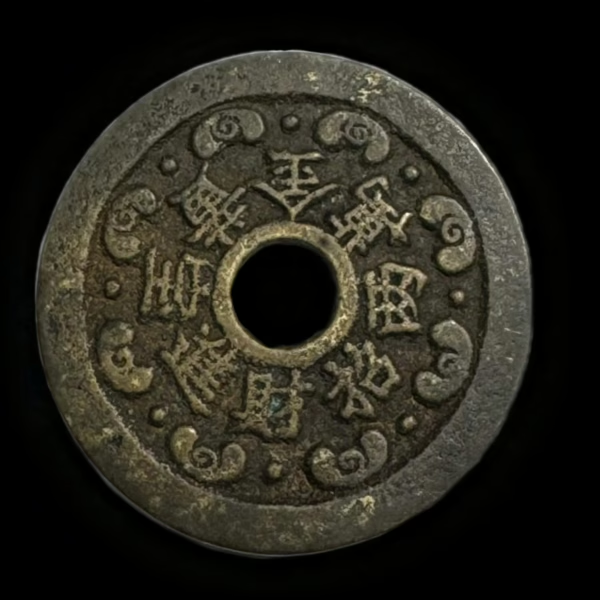
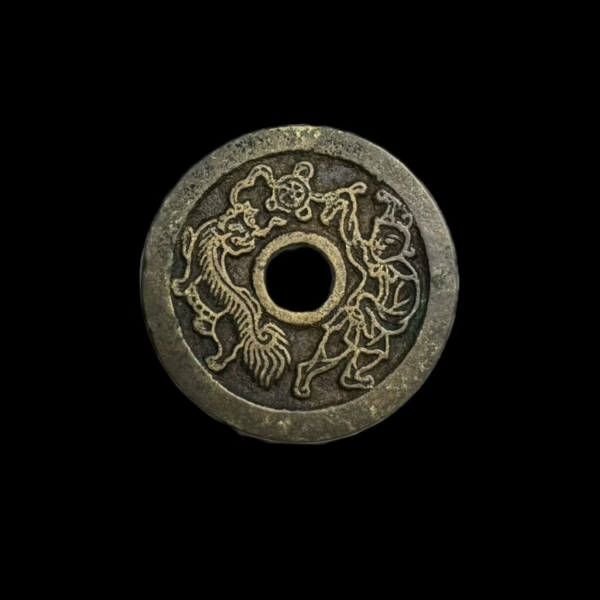
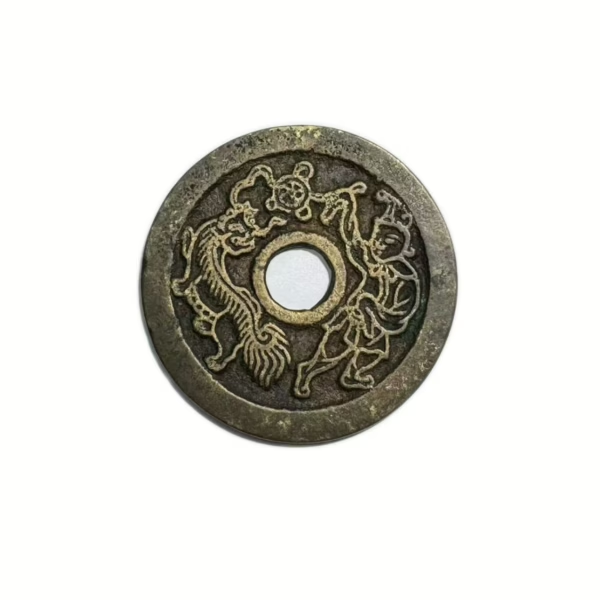
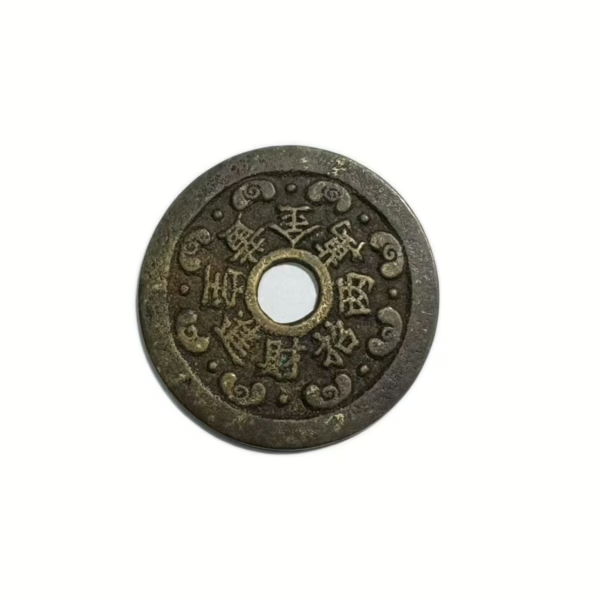
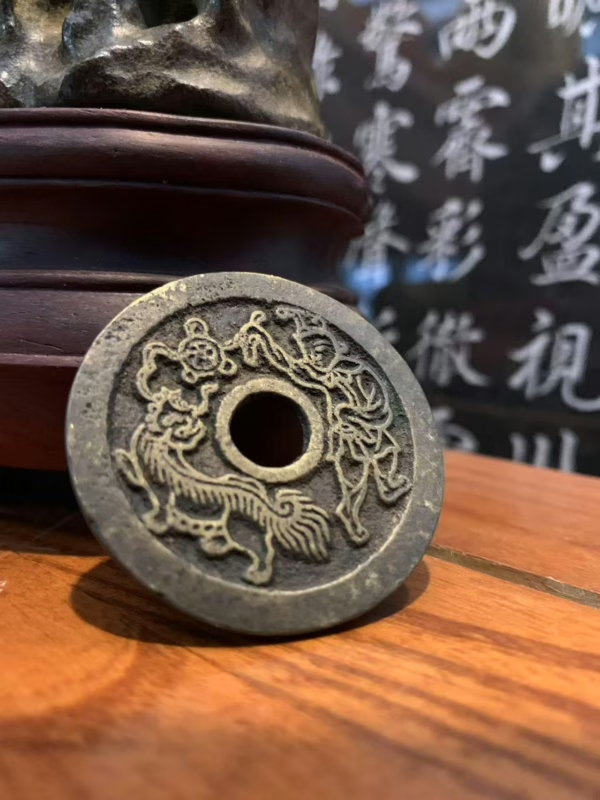
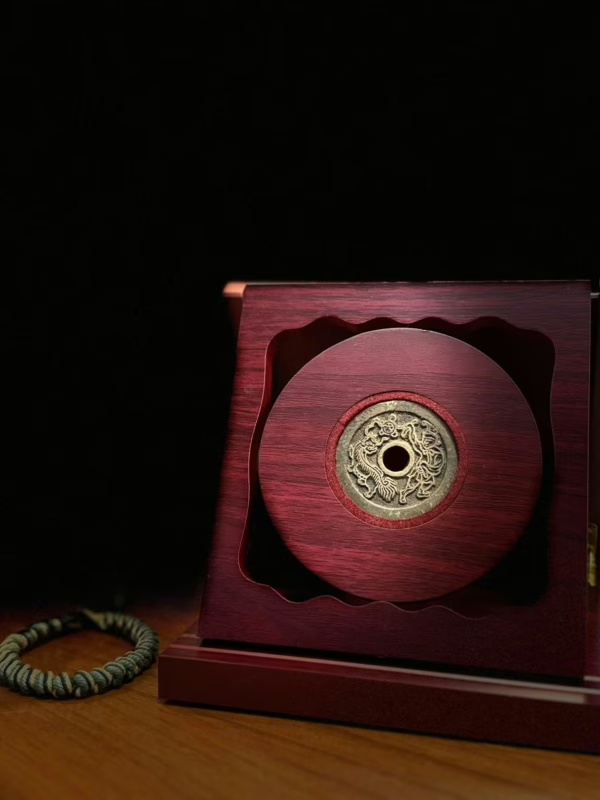
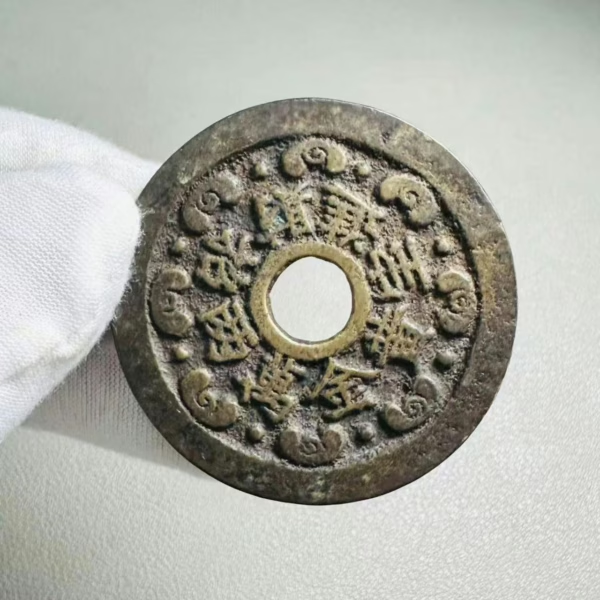
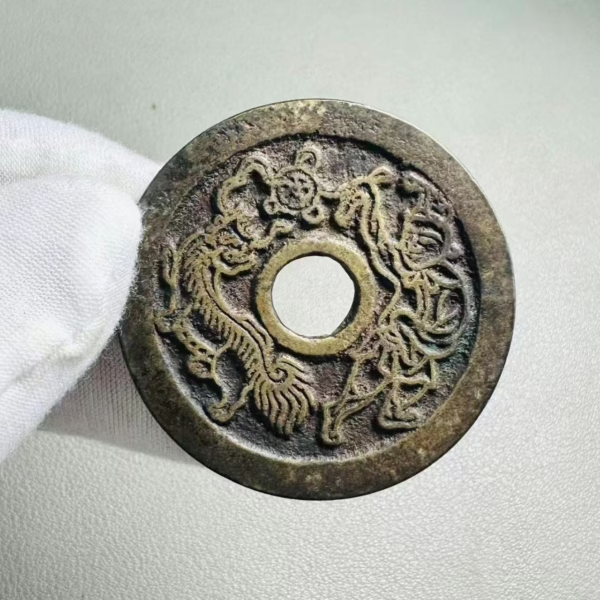
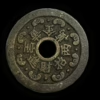
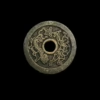
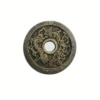

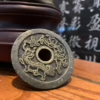

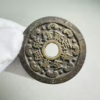
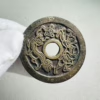
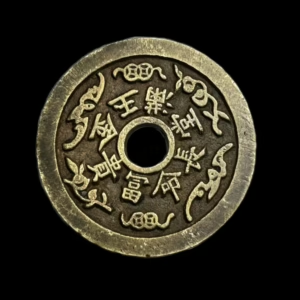
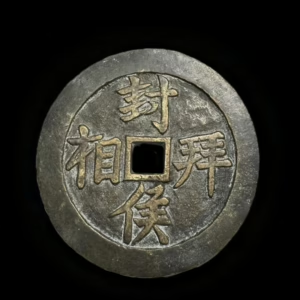

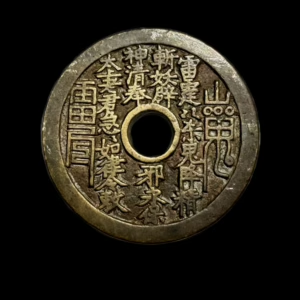
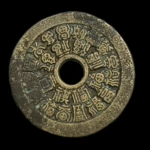
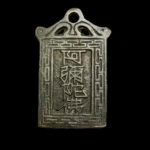
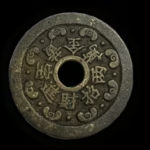
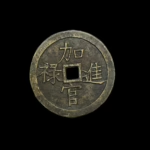
Reviews
There are no reviews yet.